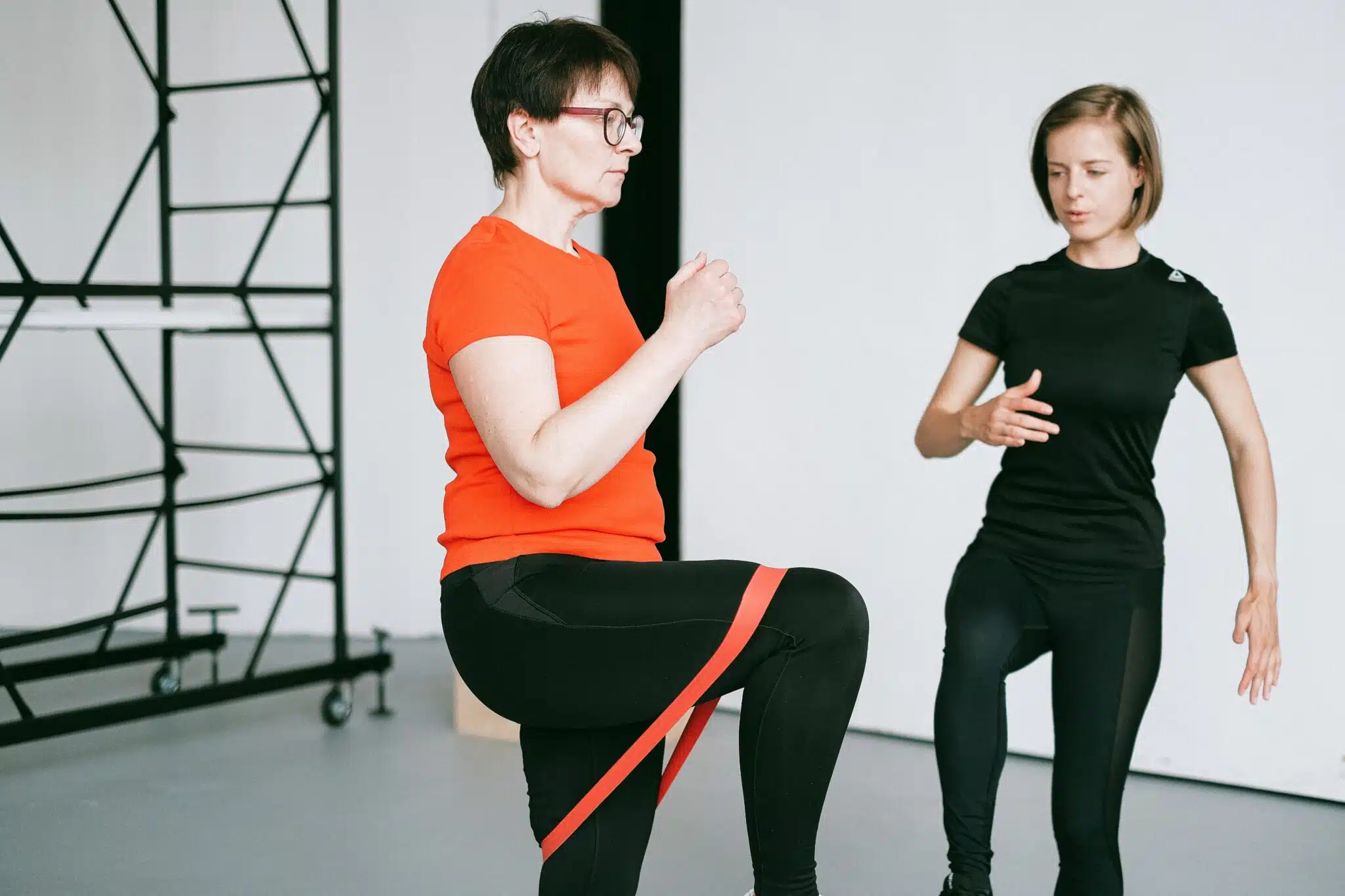Retrolisthesis is a spinal condition that occurs when a vertebra slips backwards in relation to the vertebra below it. This condition can cause discomfort and limited mobility for those who suffer from it. While exercise is generally beneficial for overall health, it’s important for individuals with retrolisthesis to choose their activities carefully to prevent exacerbating their condition. In this article, we’ll discuss exercises and activities to avoid, as well as those that can be incorporated into a safe and effective exercise routine.
Activities to Avoid with Retrolisthesis
Certain exercises and activities have the potential to put additional stress on the spine and worsen the symptoms of retrolisthesis. It’s important to steer clear of the following:
- High-Impact Activities: Exercises such as running, jumping, and high-impact aerobics can cause excessive stress on the spine and lead to further slippage. Consider low-impact alternatives like walking, swimming, or stationary cycling.
- Heavy Weight Lifting: Lifting heavy weights, especially with poor form, can strain the lower back and increase the risk of injury. Avoid exercises that involve heavy deadlifts, squats, and overhead presses. Instead, opt for lighter weights with proper form or resistance band exercises.
- Twisting Movements: Activities that involve twisting at the waist, like golf swings or certain yoga poses, can exacerbate spondylolisthesis. Avoid these movements to prevent further strain on the spine.
- Excessive Forward Bending: Activities that require bending forward repeatedly, such as toe-touches or sit-ups, can put undue stress on the lumbar spine. Substitute these with exercises that focus on core stability without excessive bending.
Exercises to Embrace with Retrolisthesis
While some activities are best avoided, there are plenty of exercises that can help strengthen the muscles around the spine, improve flexibility, and provide overall support:
- Core Strengthening: Engaging the core muscles can help stabilize the spine. Opt for exercises like gentle Pilates, plank variations, and pelvic tilts. Always prioritize maintaining proper alignment during these exercises.
- Low-Impact Cardio: Engage in exercises that provide cardiovascular benefits without straining the spine. Walking, swimming, and using a stationary bike are great options that offer low impact on the back.
- Water Aerobics: Exercising in a pool reduces the impact on the spine while offering resistance for muscle strengthening. Water aerobics classes can be a safe and enjoyable option.
- Gentle Yoga: Choose yoga poses that focus on elongating the spine and improving flexibility, rather than poses involving extreme twists or forward bends. Consult a knowledgeable yoga instructor who can guide you through a spine-friendly routine.
- Resistance Band Exercises: Using resistance bands can provide a controlled level of resistance without placing undue stress on the spine. Exercises like seated rows and leg lifts can help strengthen key muscle groups.
The Takeaways
Individuals with retrolisthesis can lead active lives with the right exercise choices. It’s important to avoid activities that strain the spine and instead focus on exercises that promote stability, flexibility, and overall well-being. Always consult with a healthcare professional or physical therapist before starting any new exercise routine, as they can provide personalized guidance based on your specific condition and needs. By being mindful of your body’s limitations and choosing exercises wisely, you can manage your retrolisthesis and enjoy a healthier lifestyle.
Sources
Kreiner DS, Baisden J, Mazanec DJ, et al. Guideline summary review: an evidence-based clinical guideline for the diagnosis and treatment of adult isthmic spondylolisthesis. Spine J. 2016;16(12):1478-1485. doi:10.1016/j.spinee.2016.08.034
Gagnet P, Kern K, Andrews K, Elgafy H, Ebraheim N. Spondylolysis and spondylolisthesis: A review of the literature. J Orthop. 2018;15(2):404-407. Published 2018 Mar 17. doi:10.1016/j.jor.2018.03.008
